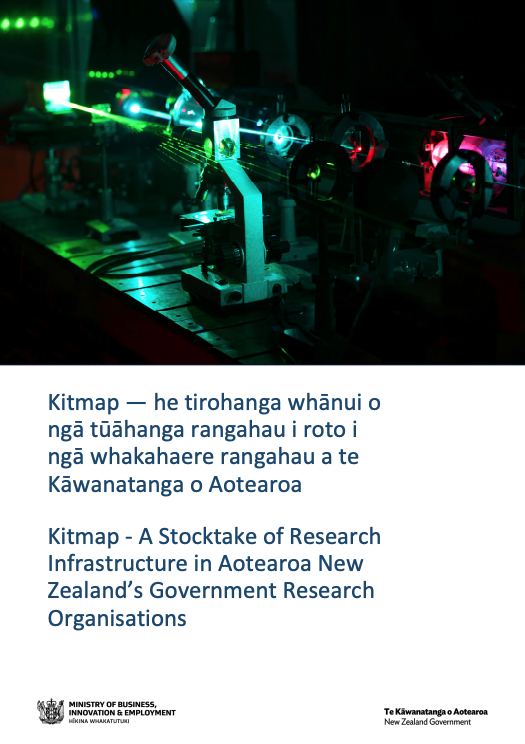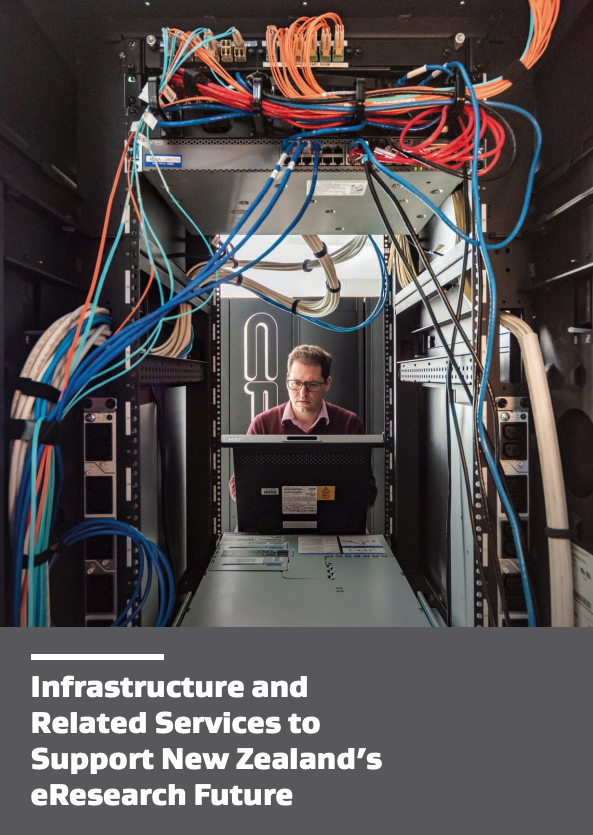Setting direction for future digital research leadership
As 2022 draws to a close, a range of strategic and future-focused documents have recently been shared by the Ministry of Business, Innovation & Employment that aim to drive Aotearoa New Zealand's research ecosystem into 2023 and beyond.
From mapping the country's research infrastructure to setting broader direction for the reform of the research, science and innovation system, the vision and conversations around these documents align closely with NeSI's own core values and aspirations. Together with our partners, NeSI works to design, support, and drive a progressive and sustainable research ecosystem, and so we are passionate about the opportunities that lie ahead.
You'll hear more from us next year around how we're engaging with the ideas and initiatives outlined across these strategic programmes. For now, here's a quick roundup of the key documents and links to more information.
If there's anything you'd like to chat with us about these items or other aspects of digital research leadership, please reach out.
Kitmap — A Stocktake of Research Infrastructure in Aotearoa New Zealand’s Government Research Organisations
Kitmap — he tirohanga whānui o ngā tūāhanga rangahau i roto i ngā whakahaere rangahau a te Kāwanatanga o Aotearoa
The Kitmap project undertook a survey of research infrastructures across a set of Aotearoa New Zealand's government-funded research organisations, comprising the Crown Research Institutes (CRIs), the National eScience Infrastructure (NeSI), and Callaghan Innovation. The purpose of this study was to understand the composition of the infrastructure portfolio, how it is accessed, governed, and funded, and the types of research it enables. This information will inform future design of the research, science and innovation system.
One of NeSI’s core purposes has been to identify and support research sector HPC and eScience needs, making national research infrastructure investments that improve science outcomes and which ultimately deliver downstream benefits to New Zealand society. As the research sector increasingly looks to answer national science imperatives across institutional boundaries, NeSI has helped bring institutions and research communities together, realising critical mass to meet these challenges, and building national capability in running and optimising use of HPC and eScience infrastructure.
More information:
Te Ara Paerangi Future Pathways White Paper
Through Te Ara Paerangi, MBIE wants to build a future-focused system that advances the wellbeing of current and future generations of New Zealanders by addressing challenges and opportunities such as climate change, natural disasters, and the need to lift productivity. The White Paper outlines the key actions and directions the Government is taking through Te Ara Paerangi. It provides a roadmap for how we will implement the changes and demonstrates how we will continue to work with you as the programme progresses.
The White Paper builds on the submissions MBIE received on the Green Paper and consultations between October 2021 and March 2022. NeSI team members contributed to a number of Green Paper submissions as part of that consultation process. You can read those submissions here.
More information:
Infrastructure and Related Services to Support New Zealand’s eResearch Future (eResearch Report)
Commissioned by MBIE, the key question this report aims to address is:
What are New Zealand’s future needs of infrastructure and related services to support eResearch, and how can the New Zealand eScience Infrastructure (NeSI) and Research Education Advanced Network New Zealand (REANNZ) best position their roles and capabilities with the system to support these?
The scope of the report, includes:
the current state of play for eResearch activities
the strategic context, including key future trends, international comparisons, New Zealand’s eResearch problems and opportunities and New Zealand’s future eResearch needs
the future state: that is, how New Zealand should position its high-performance compute (HPC) capabilities and the related services, data management and storage, into the future
the roles that the Government, REANNZ and NeSI should play relative to other institutions in the eResearch system
any implications for the funding mechanisms that support the eResearch system.
More information:
Again, if you have any qustions or would like to chat, please reach out.








